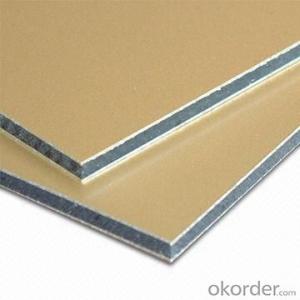Geotextile socks, a versatile and innovative construction material, have gained significant attention in the engineering world. These tubular fabrics, made from high-quality synthetic materials, offer a myriad of benefits for various applications. In this article, we will explore the fascinating world of geotextile socks, their uses and the impact they have on modern construction projects.
The Wonders of Geotextile Socks
Geotextile socks are three-dimensional geotextiles that can be filled with soil or sand among other materials which essentially make them to become tubes. This unique structure makes it suitable for numerous applications like controlling erosion as well as slope stabilization or even landscaping.
Manufacturing and Material
Synthetic yarns such as polyester, polypropylene and nylon are woven or knitted into tubular shapes in manufacturing process of geomembrane sock. These materials are chosen because they are durable and able to withstand UV degradation as well as different environmental conditions. The resultant geotextile socks from these processes are strong yet flexible allowing water flow while still maintaining structural integrity.
Erosion Control and Sedimentation
One of the main areas where geotextile socks are used is erosion control projects including sedimentation across riversides slopes among others. They often find application along river banks where they prevent soil being carried by flowing water through acting as a barrier that absorbs its force hence reducing velocity. As such, vegetative growth within the area is enhanced while stability is maintained giving additional benefits to erosion prevention.
Slope Stabilization and Reinforcement
Another major use of geotextile socks is slope reinforcement or stabilizing them. When filled with soil and arranged along a slope these creates structures that resist both gravity forces acting on them also water flow forces acting parallel to the ground surface at all points on it when fully saturated with fluids. Besides this geological factor at play here there lies another one which is interlocking of these socks as they provide support to soil thereby preventing slope from either moving or slipping down.
Landscaping and Horticulture
In horticulture and landscaping, geotextile socks are useful in making hills at once, berms or even raised garden beds. They can be filled with a mixture of soil and compost, providing a fertile environment for plants to grow. It allows proper drainage and aeration due to the porous nature of the geotextile material thus making the plants to be healthy.
Installation and Maintenance
It is simple to install geotextile socks. They are transported easily on site where they can be loaded with the appropriate material by machinery or manpower. Once filled they occupy their respective spaces whereby security measures are taken into consideration. Besides, it takes much less effort in preserving these materials since low upkeep strategy was put in place during its design.
Environmental Benefits
Geotextile socks have also been associated with environmental benefits. They promote growth of vegetation hence contributing to green infrastructure that provides habitat for different species too. Moreover, their porousness enhance groundwater recharge and prevent soil compaction.
Personal Touch
I am always amazed by how versatile and effective geotextile socks can be as someone who has witnessed its transformative impact on many projects. Right from when they are filled up into position these fabrics suddenly become part of the surrounding landscape that brings about stability where it is most needed. The wonder is real as such simple fabric tubes transform into silent guardians over earth’s land surface.
Conclusion
At the end, geotextile socks are an inventive response to different construction and environmental problems. Their durability, adaptability and porosity make them a preferred choice for engineers and gardeners too. Therefore, these hollow tubes of woven fabric are a symbol of human intelligence that could be translated into simple ways of addressing complex issues while preserving nature. The need for us to adopt these geotextile wonders in our projects that will stabilize the world is emphasized by this statement.







